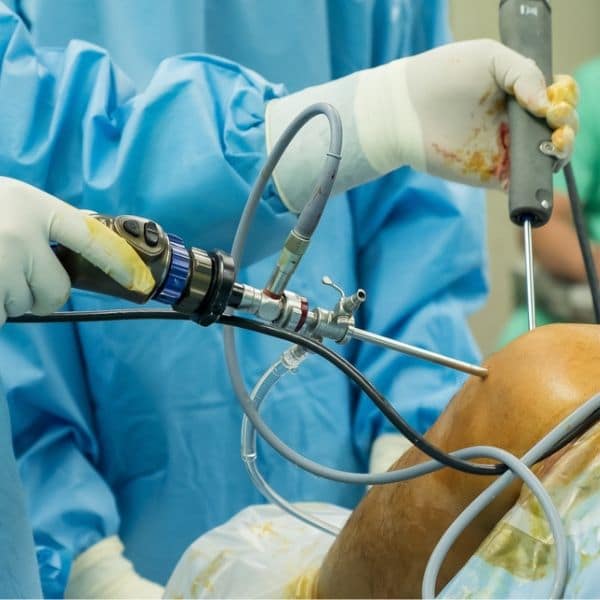Arthroscopy is a procedure that allows surgeons to see, diagnose, and treat problems inside a joint. The procedure, also called an Arthroscopy, requires only small incisions and is guided by a miniature viewing instrument or scope. Before arthroscopy existed, surgeons made large incisions that affected the surrounding joint structures and tissues. They had to open the joint to view it and perform surgery.
The traditional surgery method carries a higher risk of infection and requires a longer time for recovery. In contrast, arthroscopy is less invasive. It has a decreased risk of infection and shorter recovery period. Today, arthroscopic surgery is one of the most common orthopedic procedures.
Diagnosing a joint injury will always begin with a thorough medical history, physical examination, and radiographic studies (x-rays, MRI, CT scan, etc.). Through the arthrosocope, a final diagnosis is made which is often more accurate than through traditional “open”surgery, x-ray studies, or MRI alone.
Some of the more common reasons that knee arthroscopy is done in pediatric orthopaedics include:
A variety of treatments can be performed using arthroscopy. Common treatments include: the trimming or repair of torn cartilage, reconstruction of a torn ligament, removal of inflamed synovial tissue, and the treatment of joint instability.
Arthroscopic surgery is performed using special microscopic instruments. Small shavers and cutting instruments are used to remove and shape tissue that is not repairable.
Arthroscopic surgery is typically done on an outpatient basis (you go home the same day as your surgery) and may be done under general, spinal or local anesthesia.
